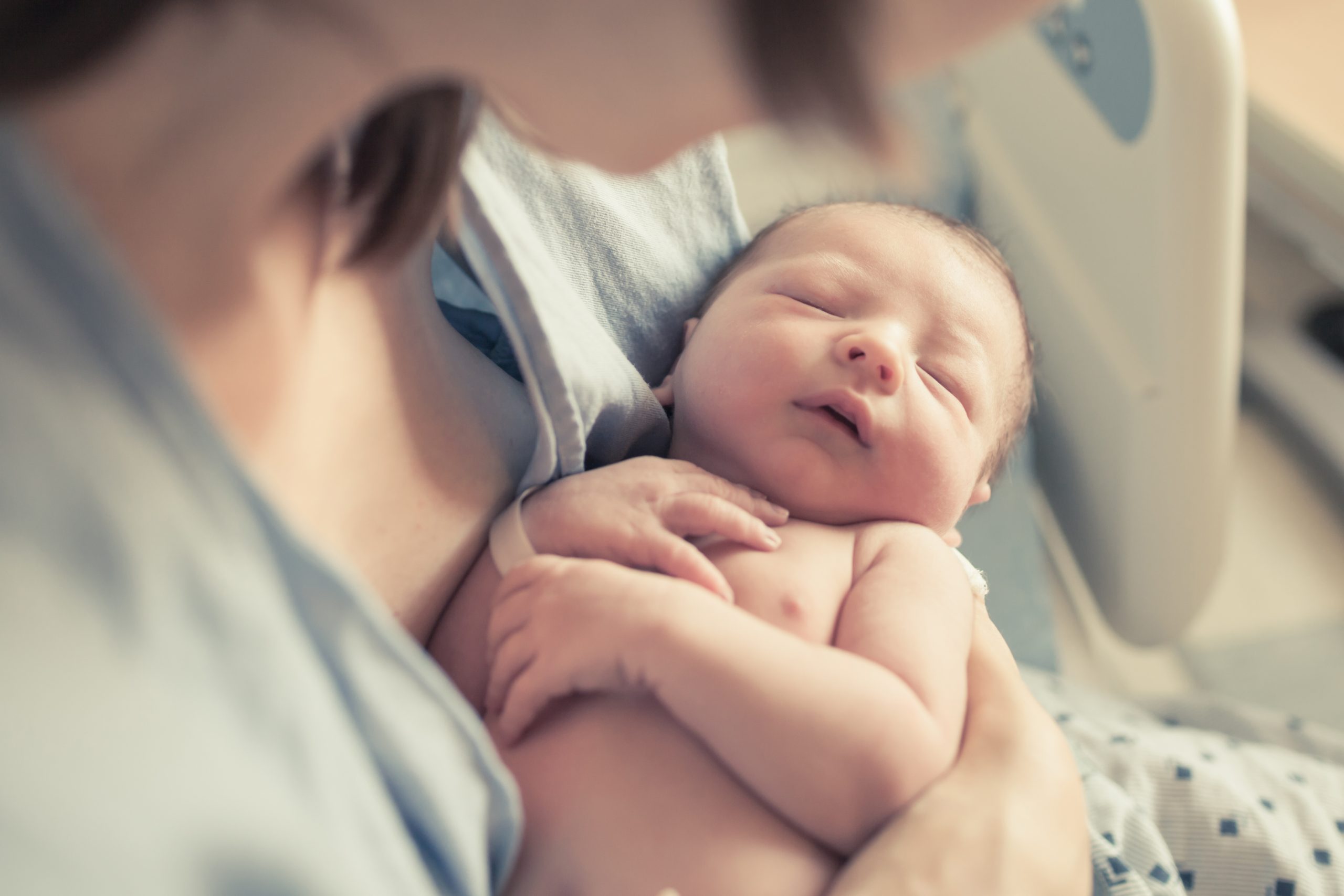

News

President’s Blog: Collapse of builder just another bump in the rocky future of WA’s maternity services
Friday May 16, 2025

The headlines this week were about the collapse of Roberts Co, the Australian partner in the two-party consortium that was slated to build the New Women and Babies Hospital in Murdoch, as a replacement for King Edward Memorial Hospital.
Even if the State Government’s assurances that the NWBH will be delivered by the remaining contractor alone – the Italian company Webuild – by 2029 are taken at face value, there are several open questions.
Firstly, we remain without a clear plan for mitigating the numerous clinical risks associated with the location of the NWBH that were identified by the Department of Health in its clinical consultation report of 2023. A round of consultation on the feasibility of a smaller maternity service being based at or near the QEII site, such that neonates with life-threatening malformations can be born close to Perth Children’s Hospital to facilitate urgent surgery, has finally kicked off after being delayed until after the State Election for what we assume were political reasons. The original clinical consultation report of 2023 was refreshingly frank, and we hope and trust the same will be true of the next one.
Secondly, there is significant anxiety around the viability of the 2029 deadline, and what any delays will mean for the ongoing operability and safety of KEMH – an old facility that will continue to fall into disrepair without adequate maintenance funding.
But there is an even bigger, Statewide issue of access to maternity services. We have also seen in the past week St John of God Healthcare shelve its plan to expand maternity services within its redevelopment for Subiaco Hospital, citing building costs. Over the past couple of years private maternity services have also closed at Mount Lawley, Duncraig and Bunbury. Rumours always swirl about other closures. This is of course part of the broader issue of the inadequacy of private health insurer rebates forcing a restriction of the range of services that can be offered by private hospitals.
The consequences of private maternity not growing commensurately with increases in birth rates must be properly understood by State and Federal governments. The public system, as it is now and as it is planned for the future, will simply not be able to cope with the demand that will be pushed onto it. Non-medical models of care might seem appealing but represent a backwards step in patient choice and safety.
We hope the State Government takes our growing population of reproductive-age Western Australians into account as it considers what to do with a maternity unit in the QEII precinct, in terms of the required scale to provide for catchment-based public maternity in addition to the high-risk neonates for whom mitigation is required in relation to the Murdoch-based NWBH. We also continue to implore the Federal Government to find a solution for the crisis of private hospital funding.

